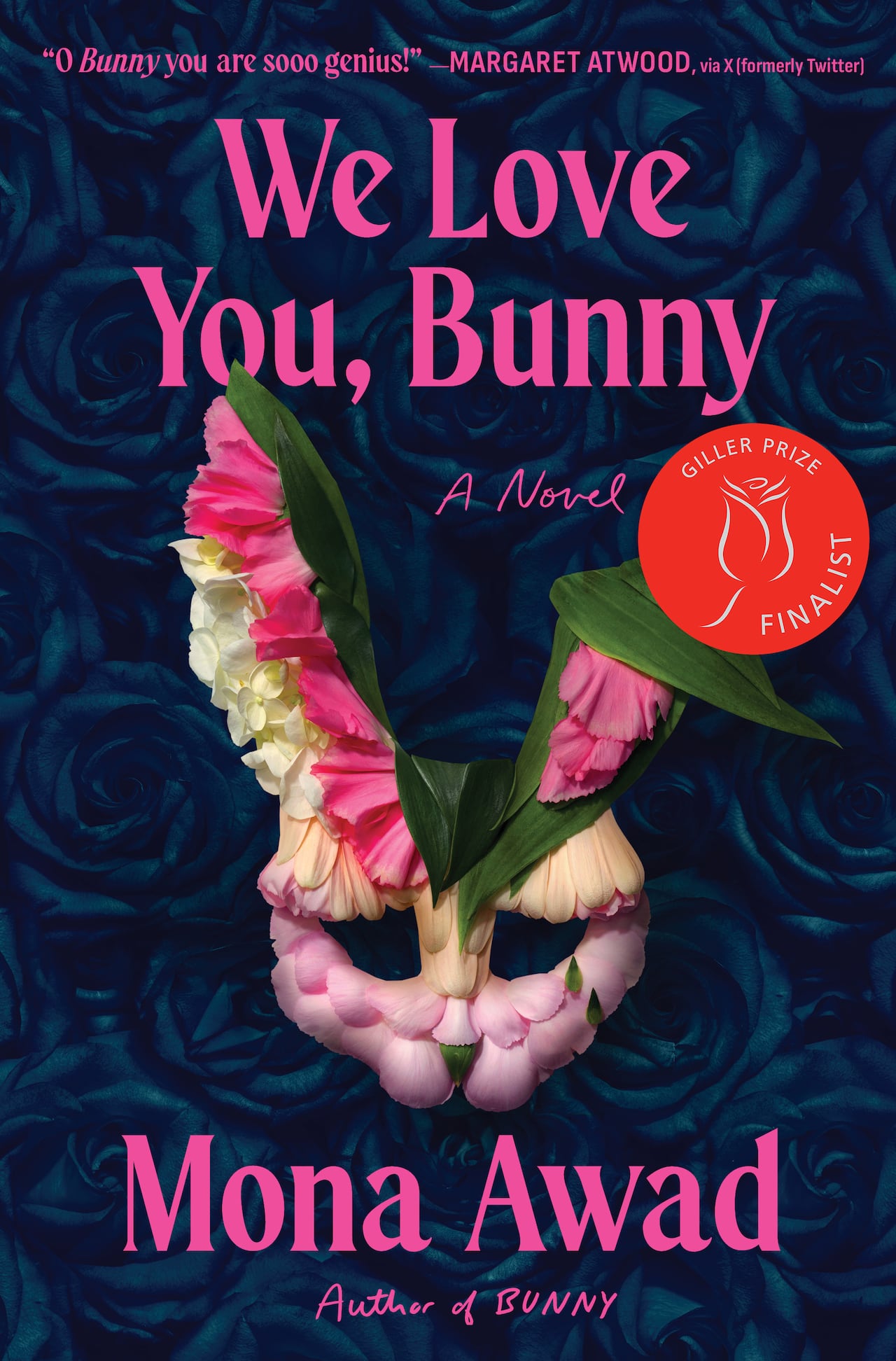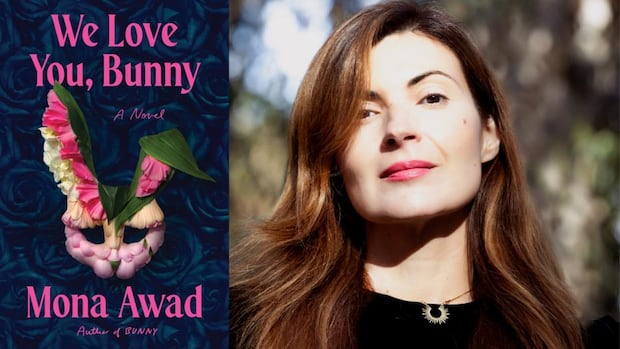What happens when the villains of the story are given a say?
In Mona Awad’s latest novel We Love You, Bunny, the sequel to her bestselling book Bunny, protagonist Sam publishes her book about the girls in her creative writing program, a cult-like clique known as the Bunnies.
“She just paints them as such villains, such plastic girls,” said Awad on an episode of Bookends with Mattea Roach.
“I think that the bunnies would have something to say about that portrayal. They would want to defend themselves.”
When Sam returns to her alma mater on a book tour, she’s kidnapped by her frenemies, tied up in the attic, forced to hear the story the way they remember it, in all its magical and bloody glory.
Awad, born in Montreal and based in the U.S., joined Roach to peel back the layers on We Love You, Bunny, which is also shortlisted for the 2025 Giller Prize.
Mattea Roach: Why was it important in this retelling to lean into the differences between the Bunnies as opposed to having them speak as a collective as they do in the original Bunny?
Mona Awad: In Bunny, they’re just a monolith, they’re like a group of little fascists and they speak as one. So I thought it would be interesting to break it open, especially since that book is all about outsiderness, which is something that I am very interested in as an author. I explore it in all of my books, that relationship between your own loneliness and your imagination.
With these girls, I thought that if I occupy each of their heads, I’ll break open that cult and I’ll show how everyone feels like they’re an outsider. It’s not an experience that’s specific to one kind of character. We all feel that way in our lives.

Where does your personal understanding of what it means to be an outsider, to feel alienation, come from?
I couldn’t pin it down to one thing. I wish I could, but I don’t think it’s ever that easy, which is often why I think my main characters are not really categorizable. Often you don’t know what race they are.
You may know some details about class, but not too many. You may not know exactly where they’re from and I think it’s because of a feeling of alienation. Of course, it can be rooted in your own personal background.
But I think there’s something else in there that you can’t really put your finger on that just can make you feel like you don’t belong. That’s the kind of experience that I’m trying to capture on the page. I want it to be something that everybody can kind of relate to, because I think we all do feel that way. I couldn’t tell you exactly what it is for me. I just know that it’s something that I’ve always felt.
LISTEN | Why Mona Awad gave the Bunnies a say:
Bookends with Mattea Roach31:25Why Mona Awad gave the Bunnies a say
In We Love You, Bunny, we have this macabre, mad scientist type of workshop where we see the Bunnies conjuring men from bunny rabbits and making these like Frankenstein-esque creations. Why bunnies as the sort of lab torture subject?
First of all, bunnies are all over campus. It’s interesting because every time I see a rabbit, it always feels magical to me. So I think that was part of it.
Rabbits just have trickster energy. They often appear in horror, but maybe one of the main reasons is that there is actually a Grimm fairy tale story called The Hare’s Bride that is about a rabbit bridegroom, and I’d read that story years ago.
It’s a very sad, violent story.
I wanted to give the girl a lot more power.- Mona Awad
In it, this rabbit gets this girl to marry him, but he’s very abusive and in order to get out of the situation, she actually has to commit a little violence on a doll version of herself to escape. It’s such a weird story. We know almost nothing about the rabbit except that he clearly has some kind of power over this girl.
I just thought that was fascinating, but I wanted to give the girl a lot more power.
What tensions did you want to explore about creation as a collective versus authoring something by yourself?
I’m afraid of creation as a collective. With creation as a collective, everybody wants to make a claim of authorship, an individual claim. That’s the heat that drives the engine of We Love You, Bunny. Each Bunny feels they’re responsible for the magic and that’s the tension that you run into.
Each Bunny feels they’re responsible for the magic and that’s the tension that you run into.- Mona Awad
But it is super lonely to create on your own. If you’re insecure and you second guess yourself, which all artists do, that’s its own journey and hardship. But I guess because I’m a writer, I kind of always cleave to just me and the story in the dark.
How satisfied do you think the Bunnies are with the retelling that they’ve all done together in this book?
I think that they have issues with each other’s stories, as they should. The great fun of it was that they’re all writers, so they each want to write their version where they’re the star, they’re the main character, and everybody else is ancillary.
I think they would probably be displeased with the framing. They would be very displeased.
This interview has been edited for length and clarity. It was produced by Lisa Mathews.
